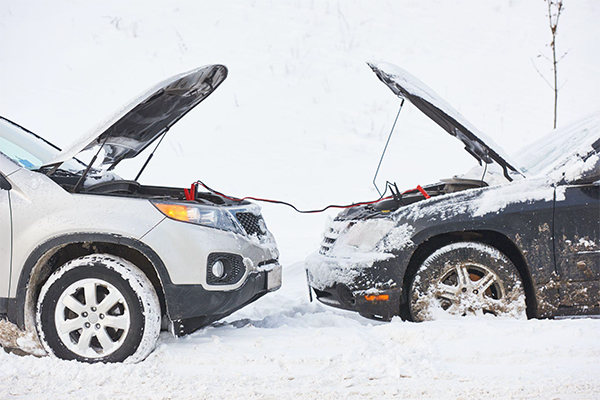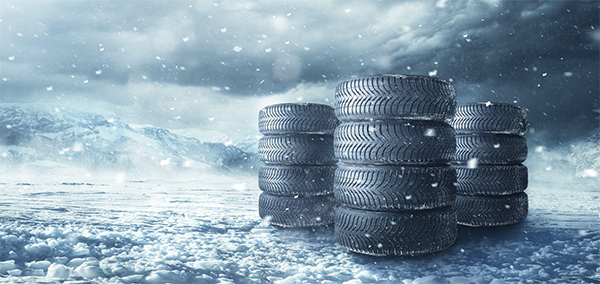Posted on 10/10/2025

Cold weather in Minnesota brings more than just snow and ice. For many drivers, it also brings battery trouble. You might go to bed with a car that runs fine, only to wake up and find it won’t start the next morning. This is one of the most common winter issues, and it often catches people by surprise. So why do batteries fail more often during cold months, and how can you tell if yours needs to be replaced? Here’s what every Minnesota driver should know before the next deep freeze hits. Why Cold Weather Hurts Battery Performance Car batteries rely on a chemical process to generate power. When temperatures fall, that chemical reaction slows down. The colder it gets, the less power your battery can deliver. At freezing temperatures, a battery can lose around 20 percent of its strength. When it drops to zero degrees, it may lose more than half its power. At the same time, cold weather thickens engine oil, which makes it harder for the engine to turn over. That puts even m ... read more
Posted on 10/2/2025

Winter in Minnesota doesn’t give second chances when it comes to tire safety. Slippery roads, black ice, and piles of snow make reliable traction a must. If you're asking whether your tires can survive one more winter, it's time to take a closer look. Worn tires don’t just reduce grip, but they also lengthen stopping distances and increase your risk of sliding. Here’s how to evaluate your tires before winter arrives and decide whether it’s time to invest in new ones. Start with Tread Depth The tread is what keeps your tires connected to the road. Deep grooves help channel away snow, slush, and water, while providing grip on icy pavement. As tread wears down, so does your tire’s ability to perform in winter conditions. An easy way to check tread depth is the penny test. Insert a penny into the tread with Lincoln’s head facing down. If you can see the top of his head, your tread is below 2/32 of an inch, which means the tires are legally wo ... read more